Glass.
Restoration.
↕ 53 cm.
If the obelisks displayed in collectors' cabinets, since the late 18th century, are most often made of stone to imitate the original monuments, there exists a certain type of obelisks, rarer, crafted from rock crystal or glass. Obelisks of this style can be found in the collections of the Hermitage Museum, and according to a gouache by Franz Heinrich now at the National Library of Austria in Vienna, there was one in Prince Metternich's cabinet.
Egyptomania waned in the second half of the 19th century, after being particularly strong in France since Bonaparte's retour d'Égypte and during the Empire, but it did not diminish during the Restoration. The reign of Charles X is still an egyptomaniac period : it was in 1826 that Jean-François Champollion was appointed curator of Egyptian antiquities at the new Musée Charles X, and it was at the end of the same reign that the Luxor Obelisk was erected in the center of the Place Louis XV, now Place de la Concorde.
Some irregularities in size and imperfections in the glass.
Sources
Egyptomania. Egypt in Western Art. 1730-1930, Paris, 1994
Mario Praz, La Filosofia dell’arredamento, trans. Weaver, Milan, 1994











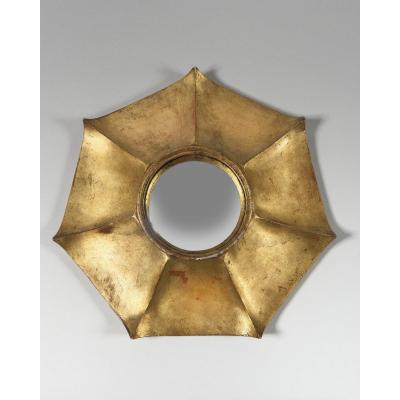









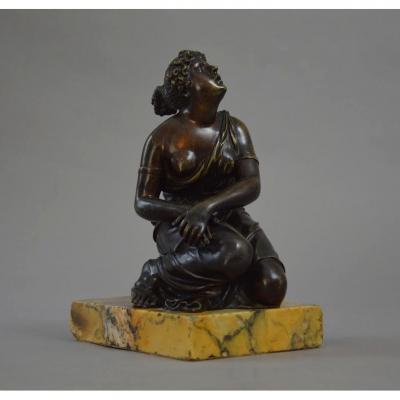
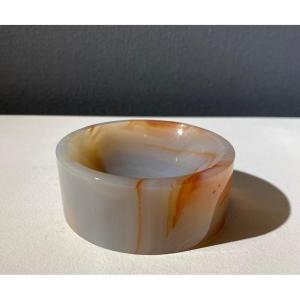
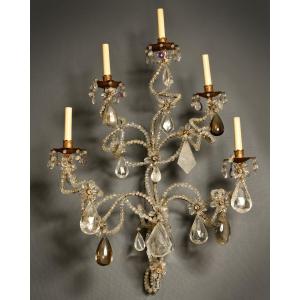
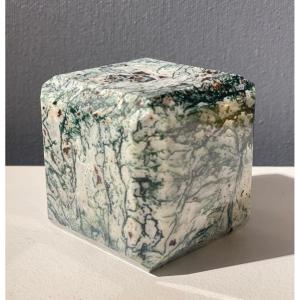









 Le Magazine de PROANTIC
Le Magazine de PROANTIC TRÉSORS Magazine
TRÉSORS Magazine Rivista Artiquariato
Rivista Artiquariato